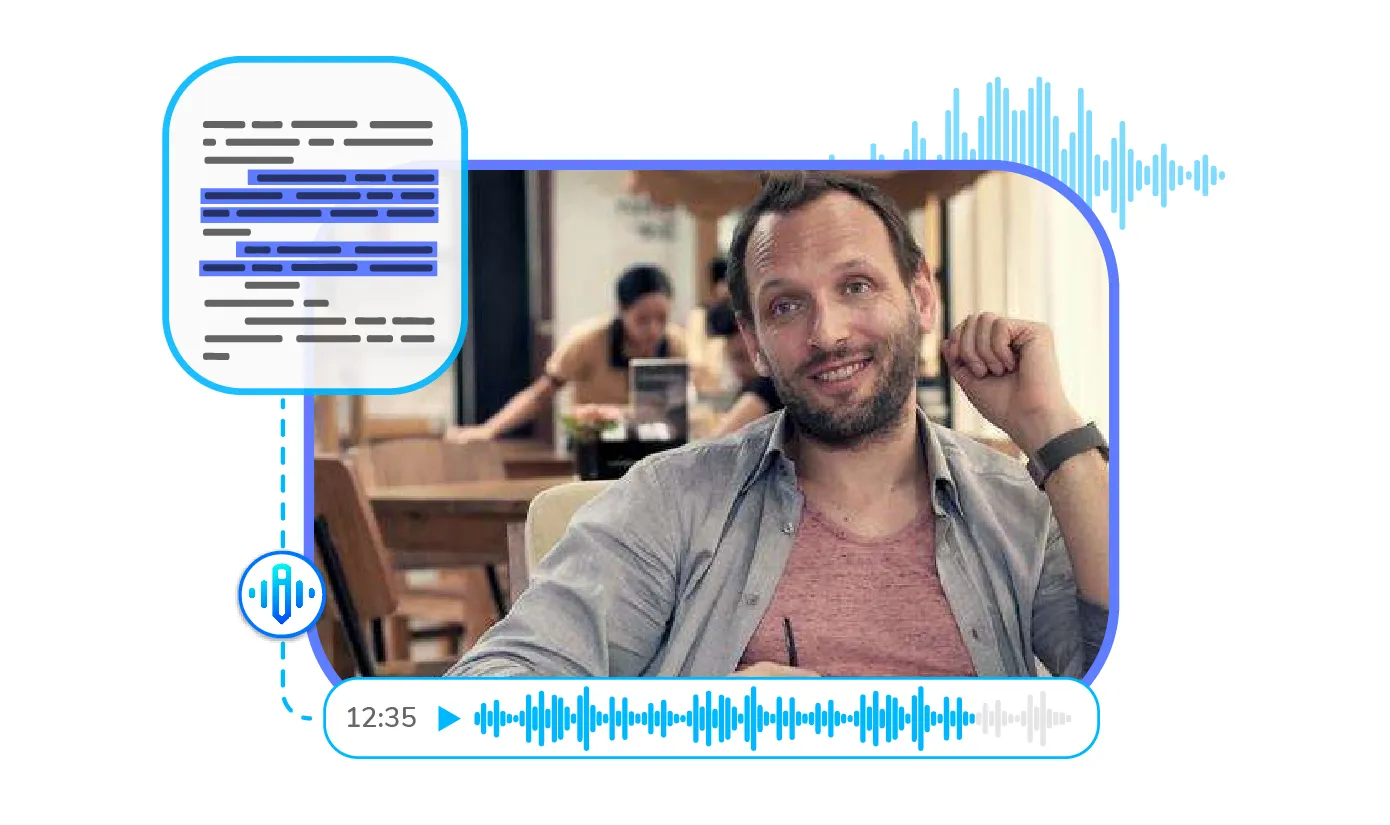Localization delivers powerful business benefits. In the case of traditional localization, people adapt content for the local market, varying from translating language to transforming images for local culture. On the other hand, artificial Intelligence localization covers language and voice AI data processing. Moreover, it localizes different forms of data like texts, acronyms, emojis, and abbreviations. It needs expert training data that reveals how people speak and express themselves.
It is essential to know that the goal of both localization techniques is the same, i.e. to make the product/experience appropriate to a person. However, with an AI engine, people need to understand the vast pool of hyperlocal content plus video localization for better results.
Video Localization with AI
AI localization encompasses language and voice AI data processing. It is the process that localizes various forms of data- texts, acronyms, or even emojis. AI engines require high-quality training data that reflects how people speak, sound, and express themselves.
However, it is crucial to note that both the localization techniques had the same goal of making the product or experience relevant to a person. Changing the overall form of achievement, people train AI engines with vast pools of hyperlocal content and in-market user experience-generated data.
A significant difference between traditional and AI localization lies in the amount of substance. In the former one, extra manual work was required to localize content. On the other hand, human intervention is absent in AI localization and AI voice text-to-speech.
Traditional Localization vs AI-based Video Localization
Language style and approach: For the right start to localization, you must follow a path designed by precise and accurate source content. If we go back in time, translations were consistently done on a manual basis. However, moving forward, AI localization refrains individual element training manually. This is advantageous for the translator because they don’t need to go through the whole process of conceptualization. Moreover, it automatically makes the style far more natural and vivid. Different languages and accents make it easy for people to understand the videos and benefit deaf and hard-of-hearing people. There is an increase in video time, and once the voice of the content is as per our liking, we can learn and see more just because the voice of the content is similar to ours now with perfectly time-synced audio and high accuracy.
Resources
Linguists are highly in demand when traditional localization is in view. Hence, they must possess a strong understanding of language, cultures, and expressions related to the specific audience they cater to while also taking care of the trending materials simultaneously. With AI Localization, the manual effort into the loop does not need to have as much specific domain expertise. With an advanced form of technology, it is possible to explore content in a diverse range of languages and syntaxes.
The above characteristics indicate that voice AI has offered a massive surge in localization. The main objective of AI voice text-to-speech function is directly related to the need to elaborate business grounds.
Wavel practices effective use of AI to incorporate the mentioned and additional voice digitalization properties. Whether for dubbing, cloning, or making the content accessible outside of linguistic grounds – Wavel does it all.
Why Choose Wavel for Voice AI
Wavel has a robust technology platform to support AI Localization. However, with a flexible translation and localization platform, it becomes considerably easier for brand names to localize their content for their target audience. Our in-depth localization and translation projects for the maximum levels of accuracy remove all possibilities of mistakes.
Suppose you are planning to hire our Voice AI services. In that case, we will assist you in selecting and executing the solutions by utilizing the potential of voice to gain more viewers by using the content for localizing and scaling in the best possible way. You can contact our experienced team members to resolve your queries.
Conclusion
No wonder traditional localization tools are good at translating content precisely, but they are not very efficient. AI is a revolutionary technology that speeds up the entire localization process, reducing costs. Moreover, AI technology helps websites to be more accessible to viewers. The Voice AI speech platform makes viewers interested in voice recognition work. They understand how voice technology works and the key factors to deal with while implementing Voice AI.
In this article, we have tried to explain how voice AI has transformed video localization and how Wavel’s offering can help in voice AI.
If you would like to reach out to us, you can mail us at reachout@wavel.co.

.webp)










